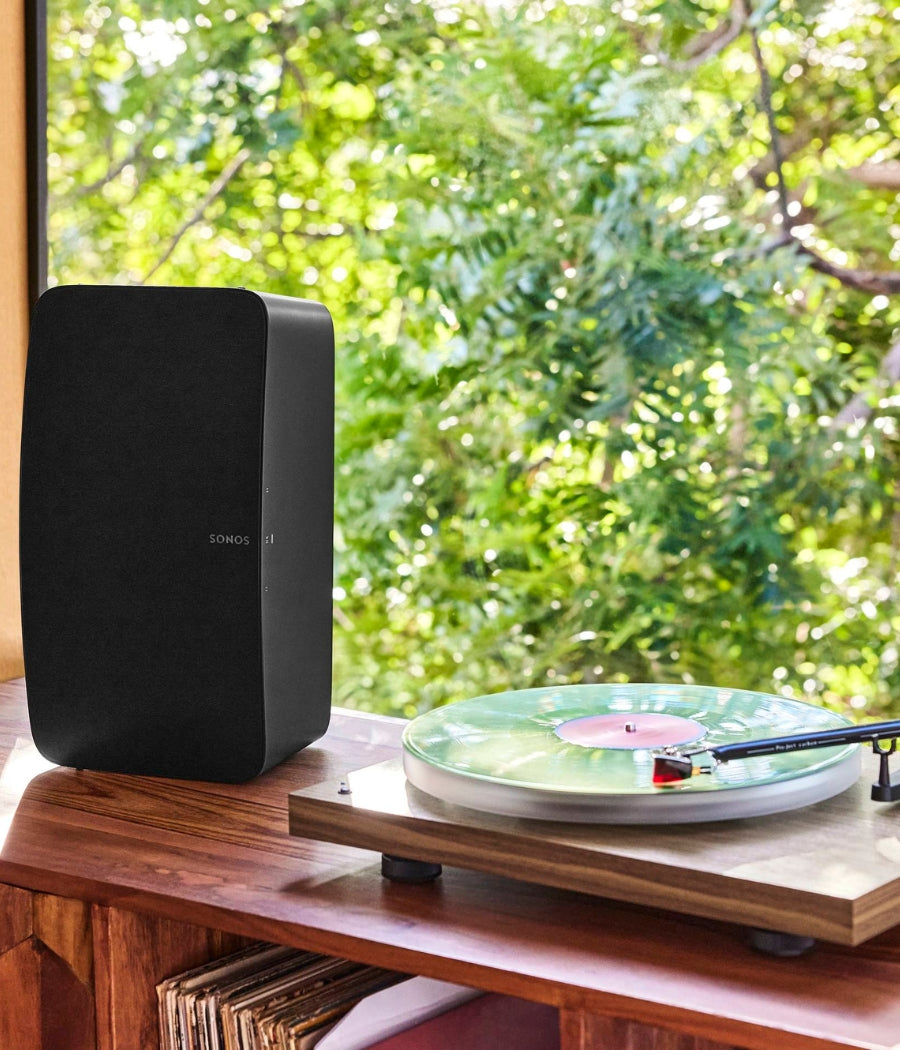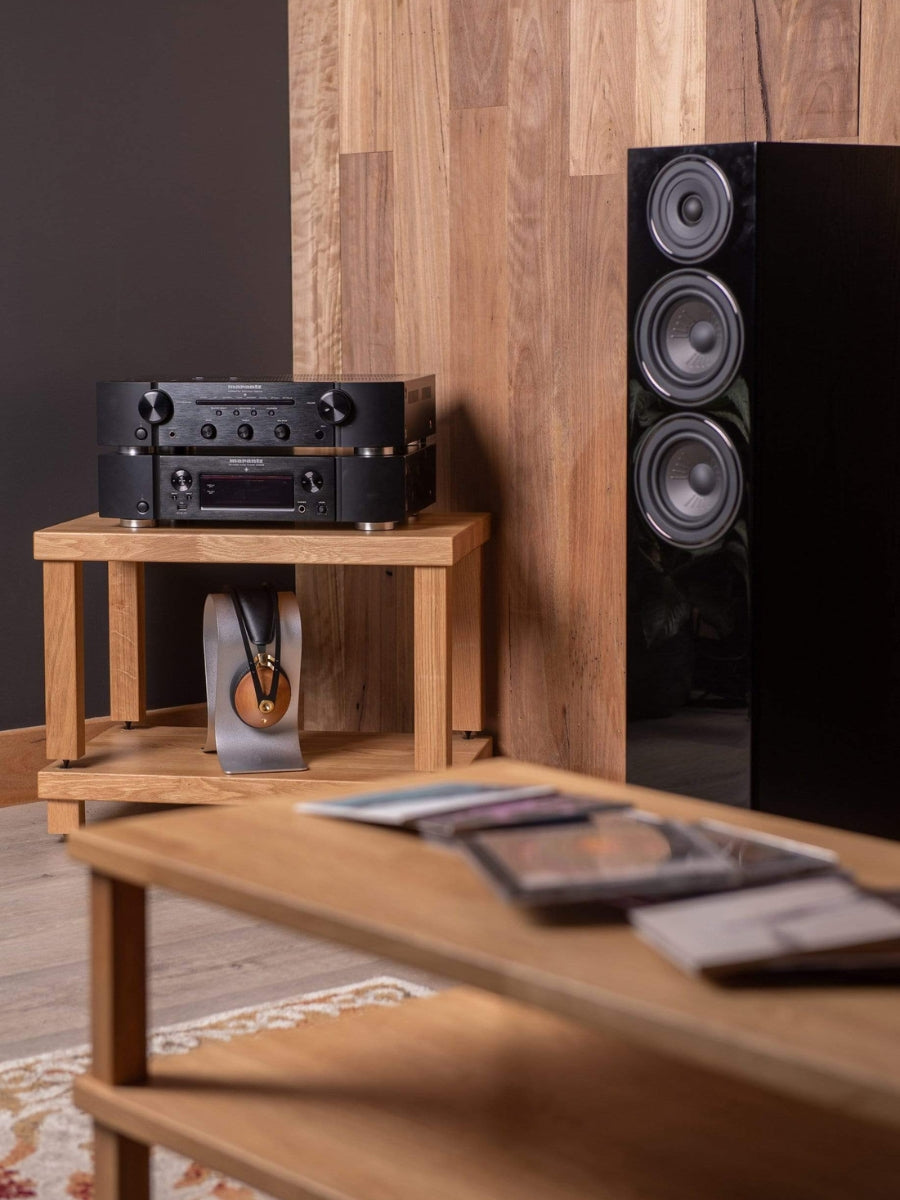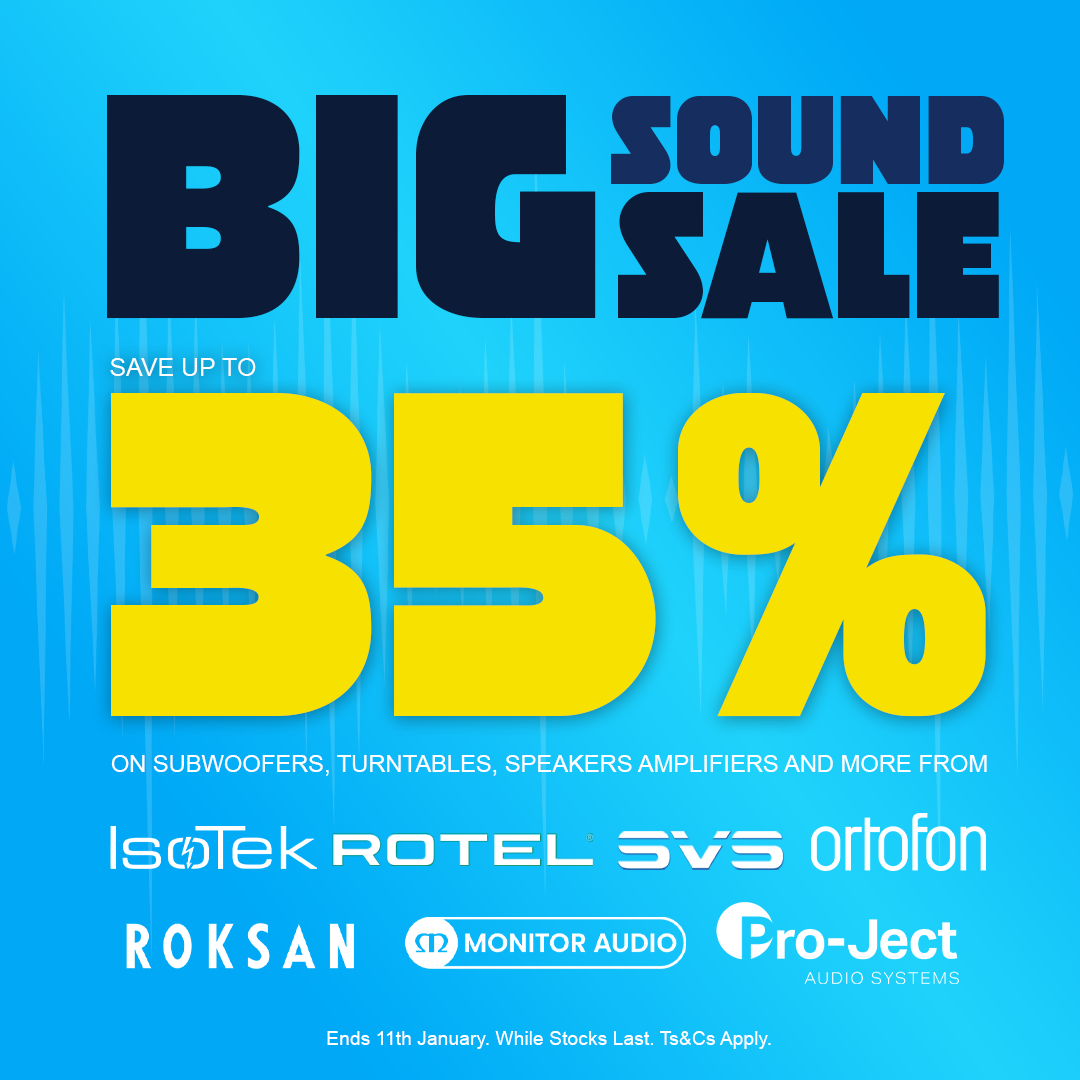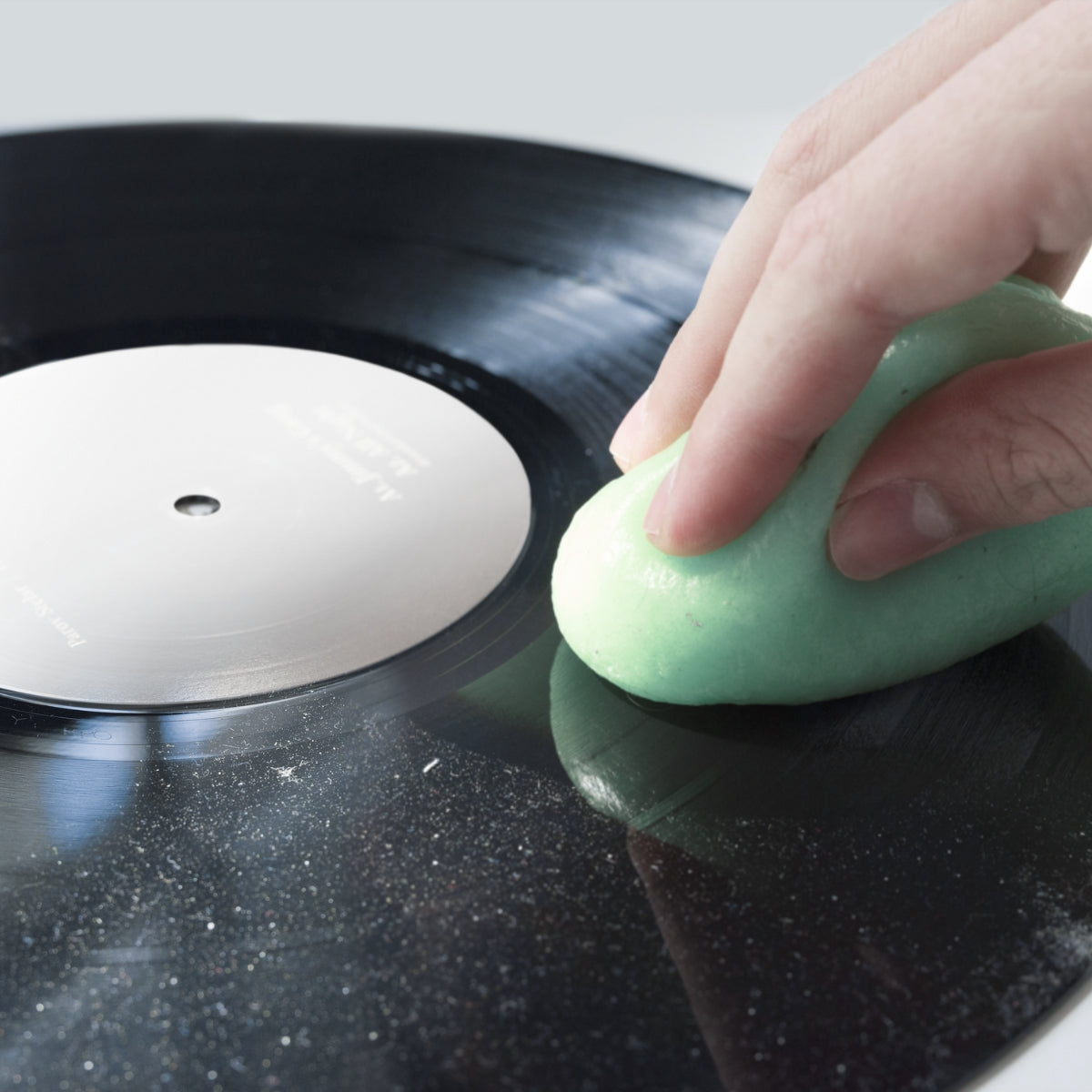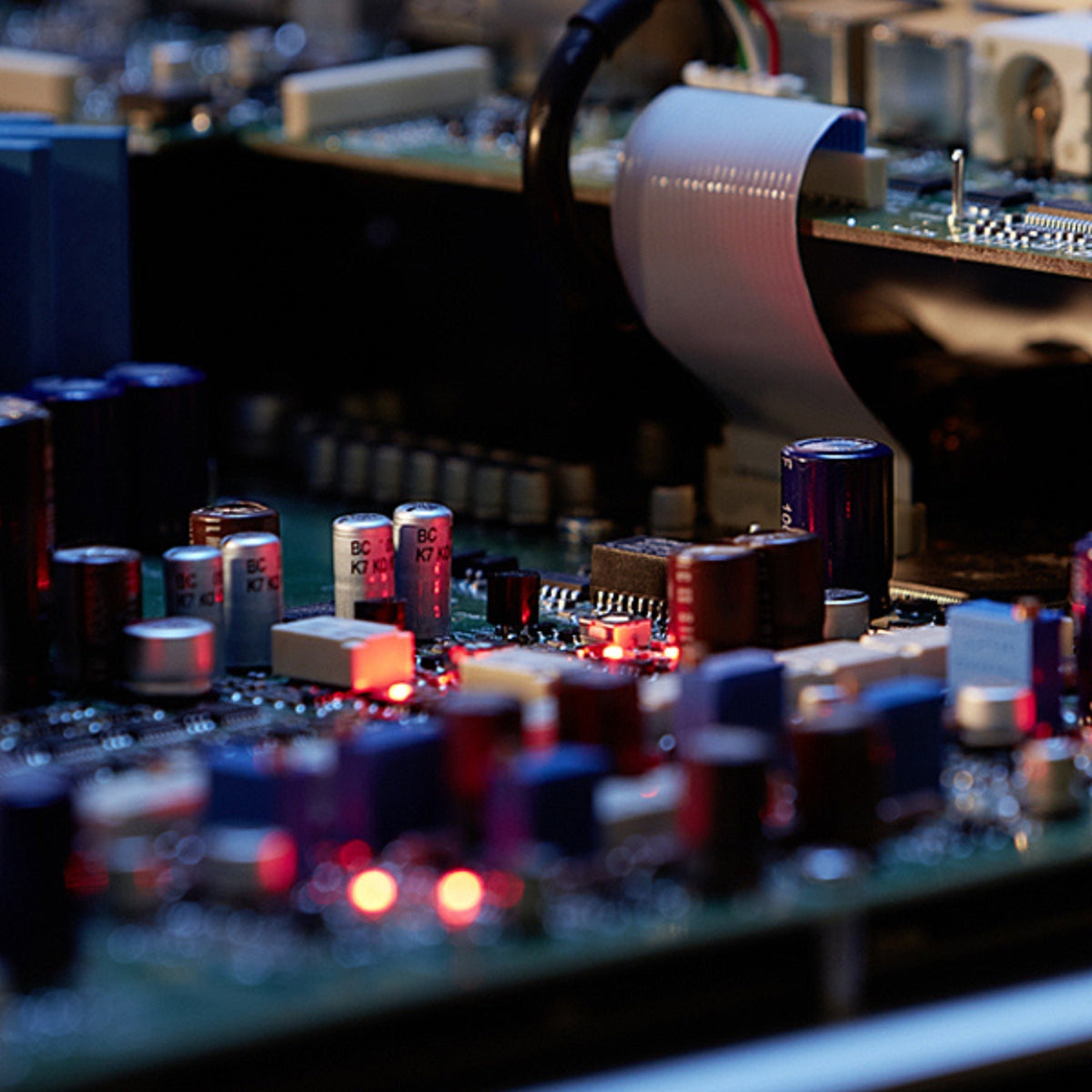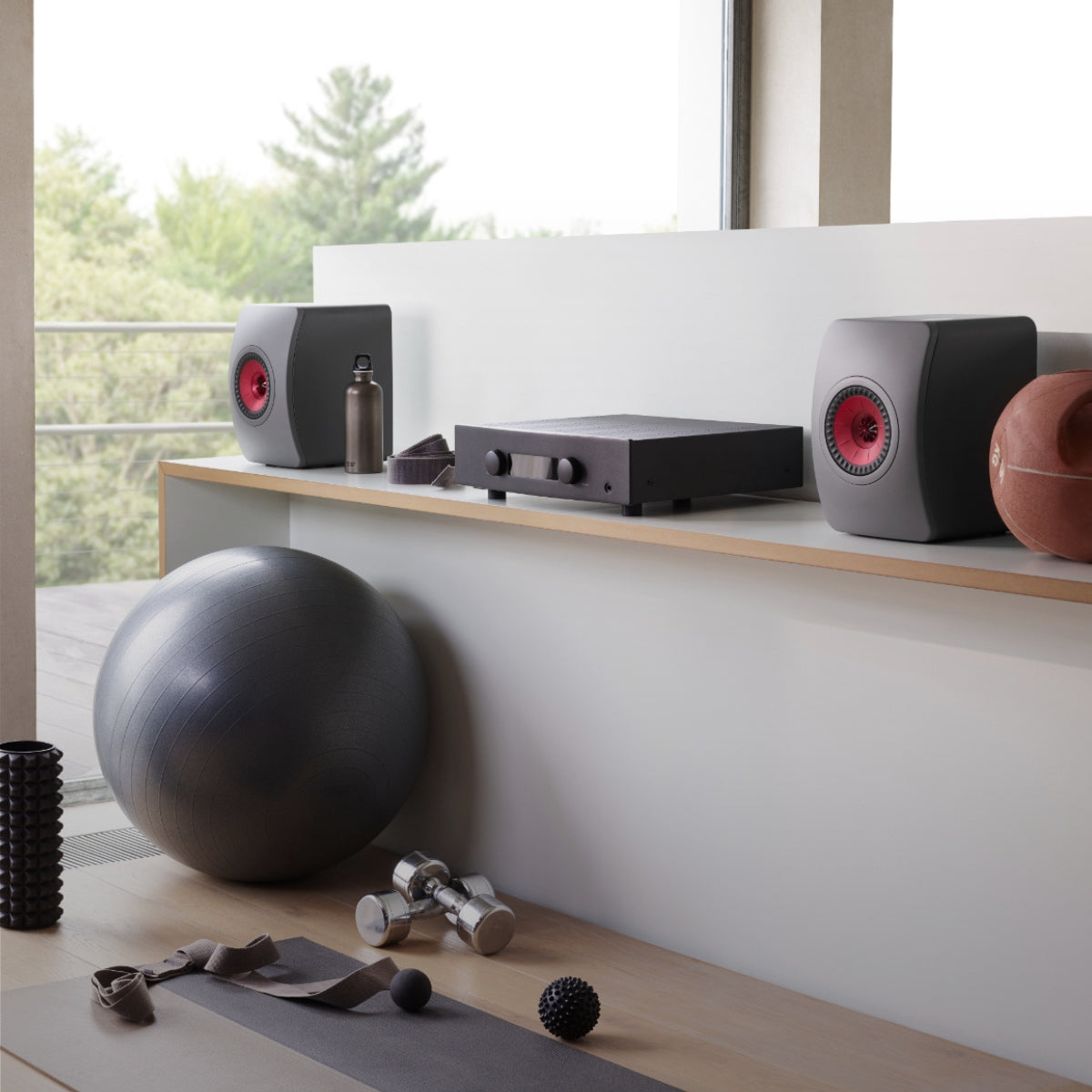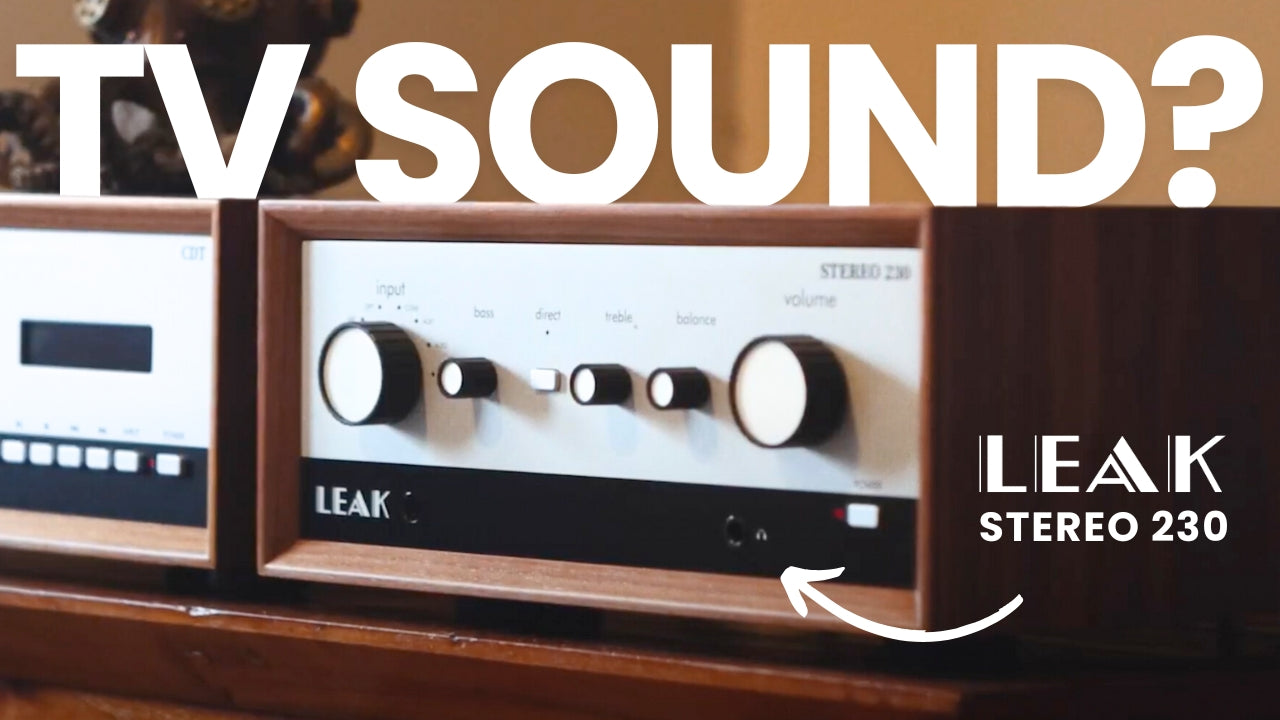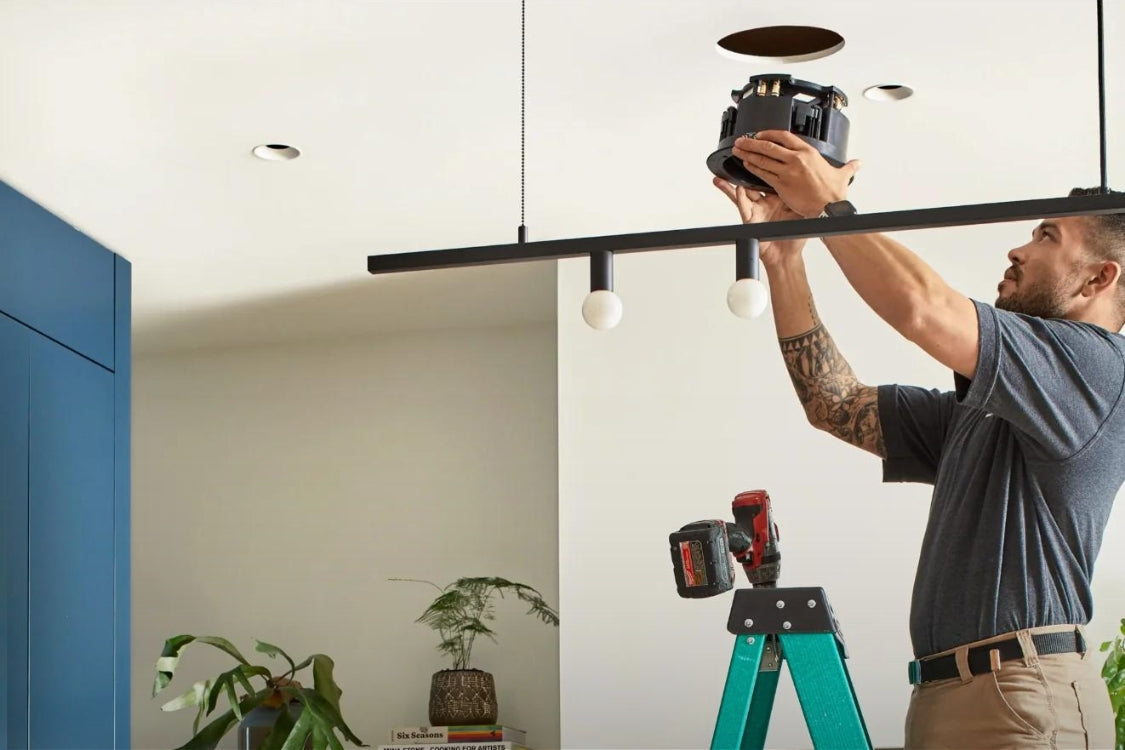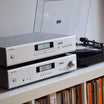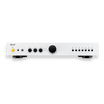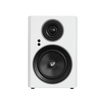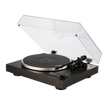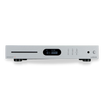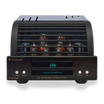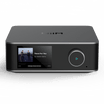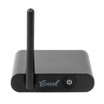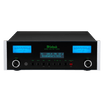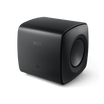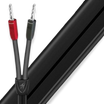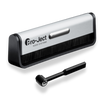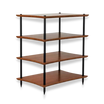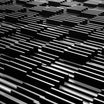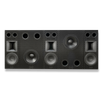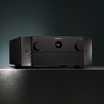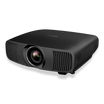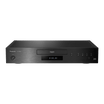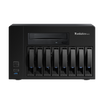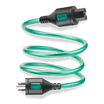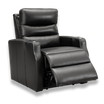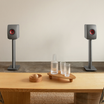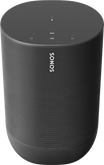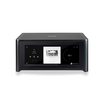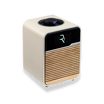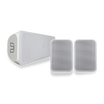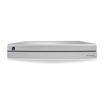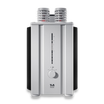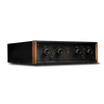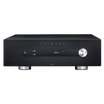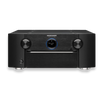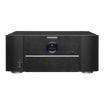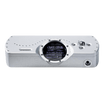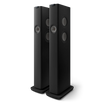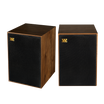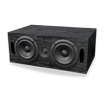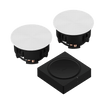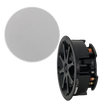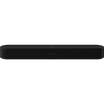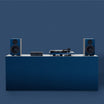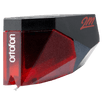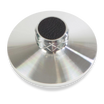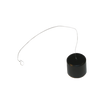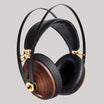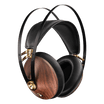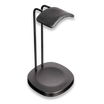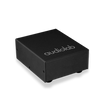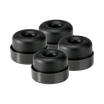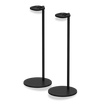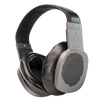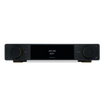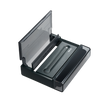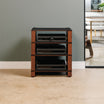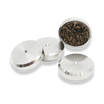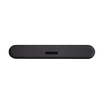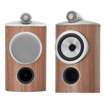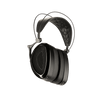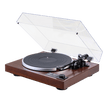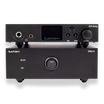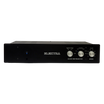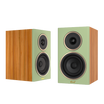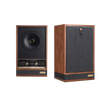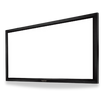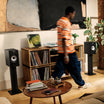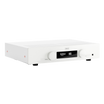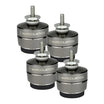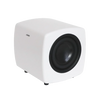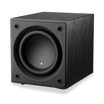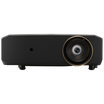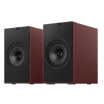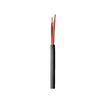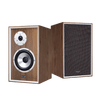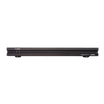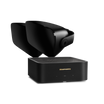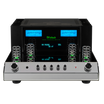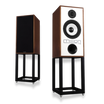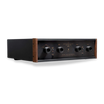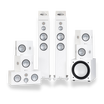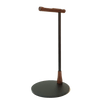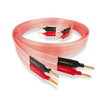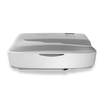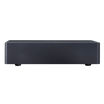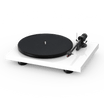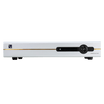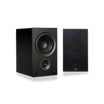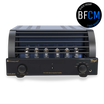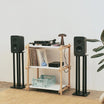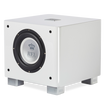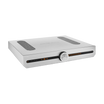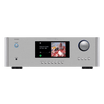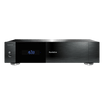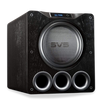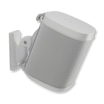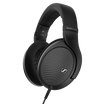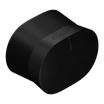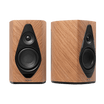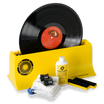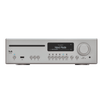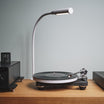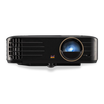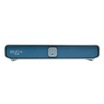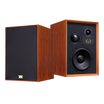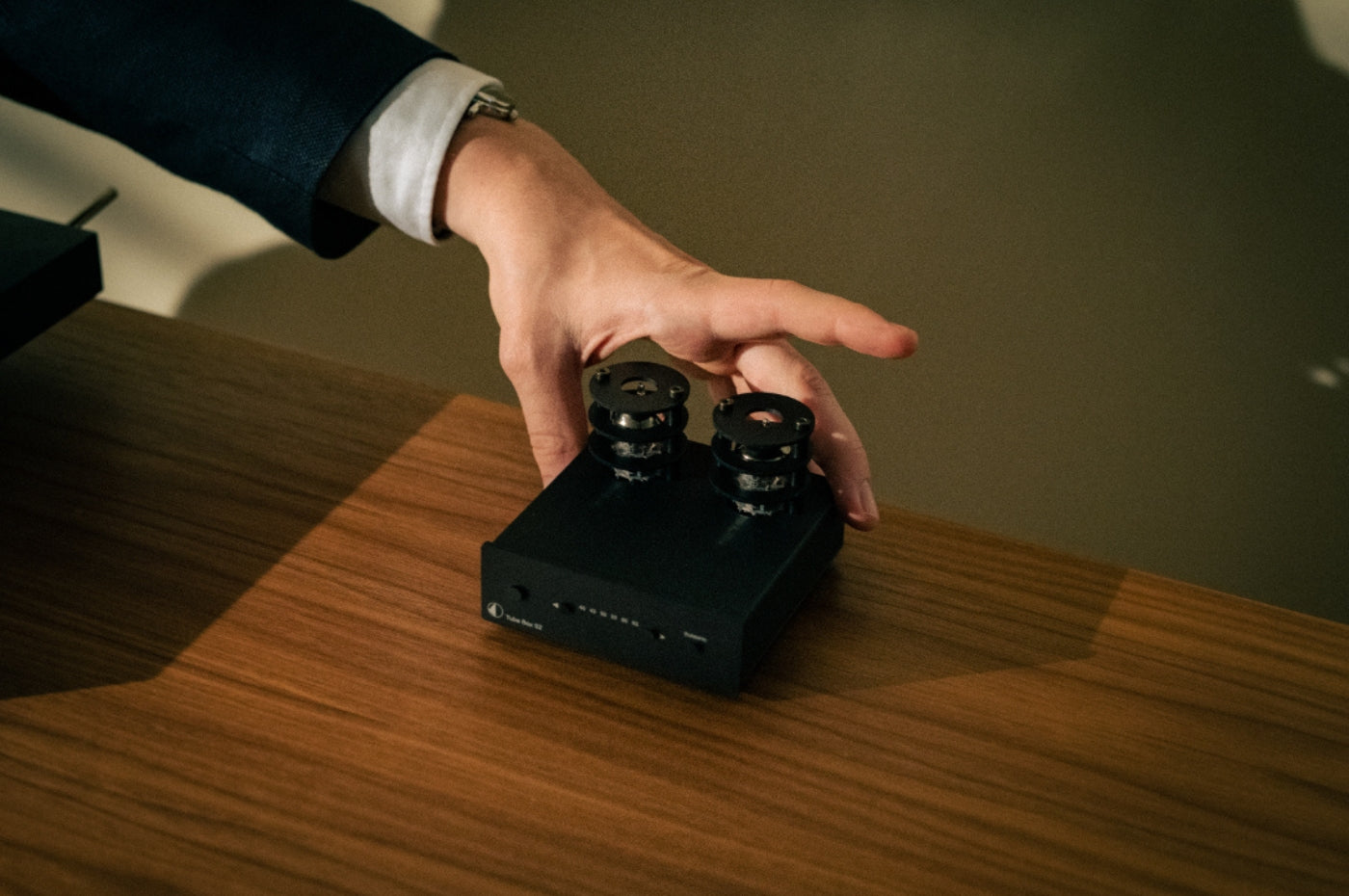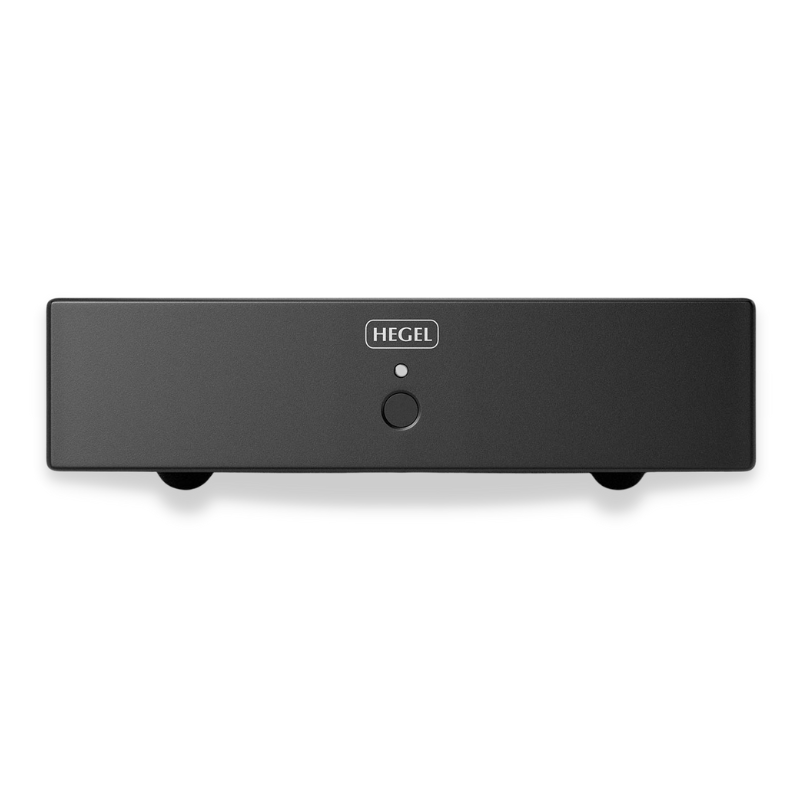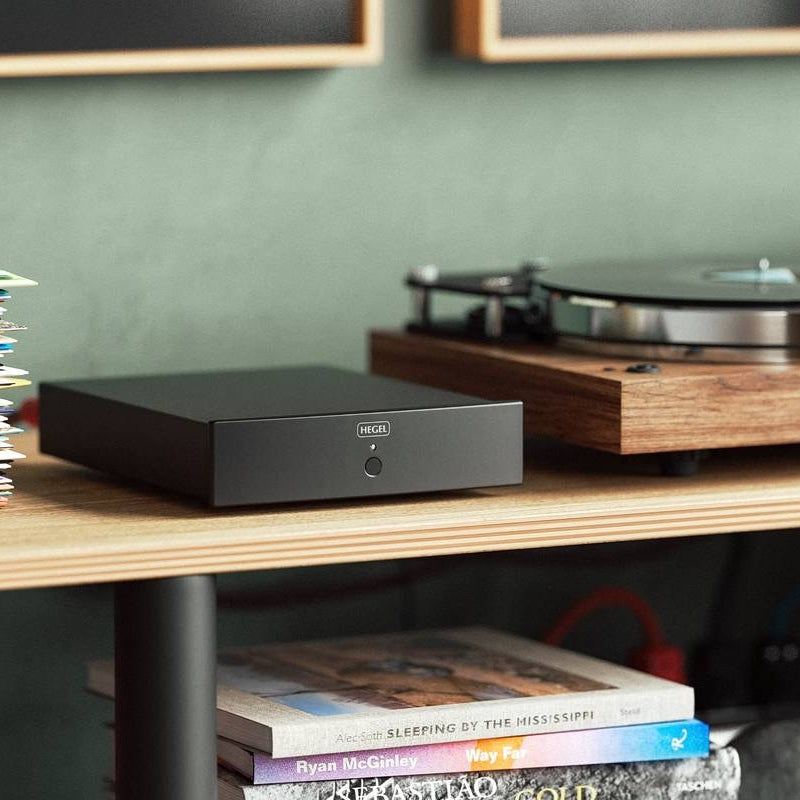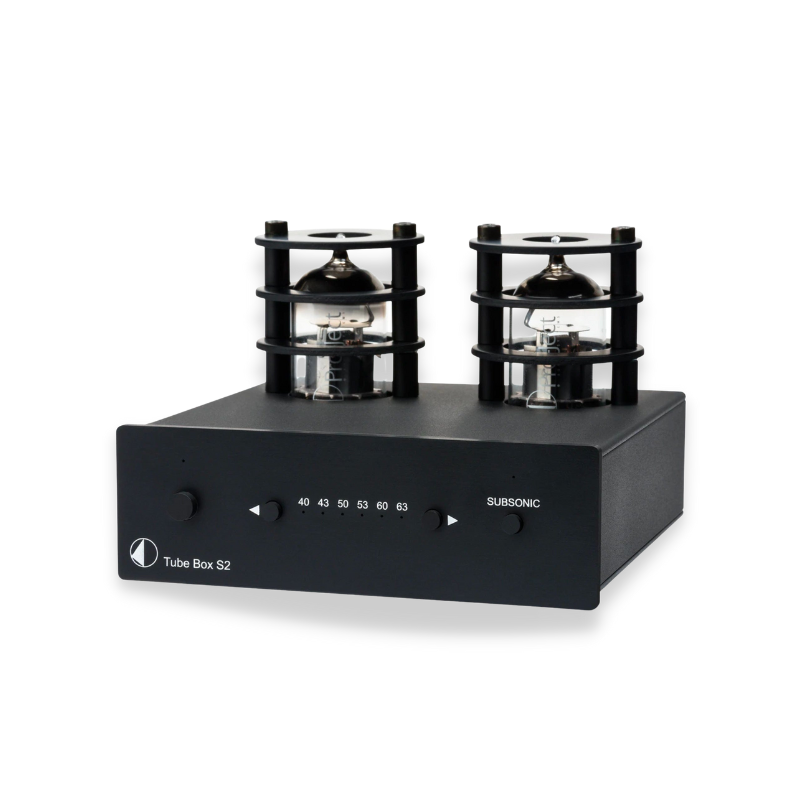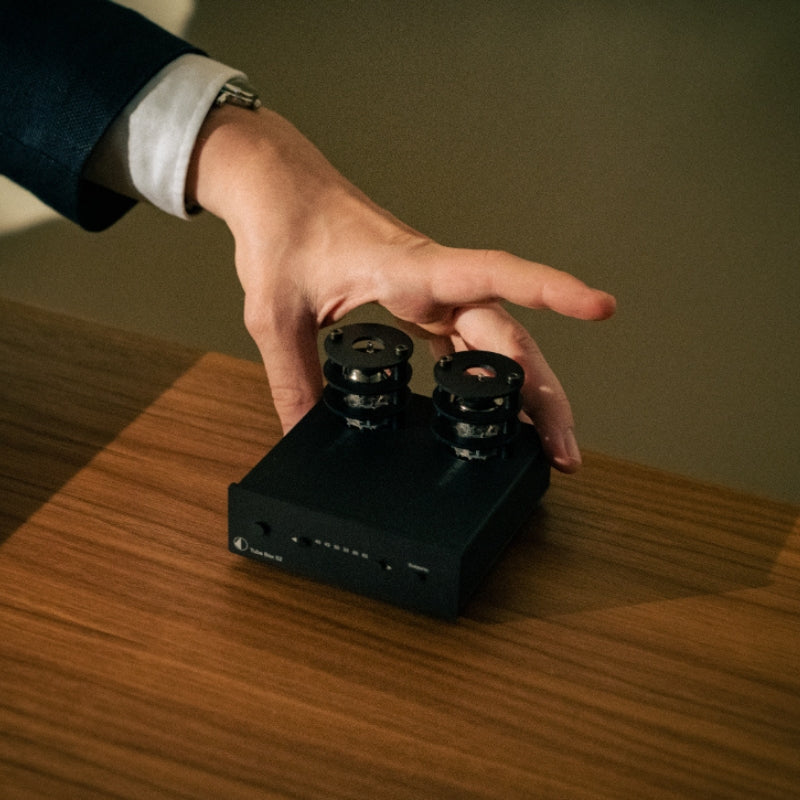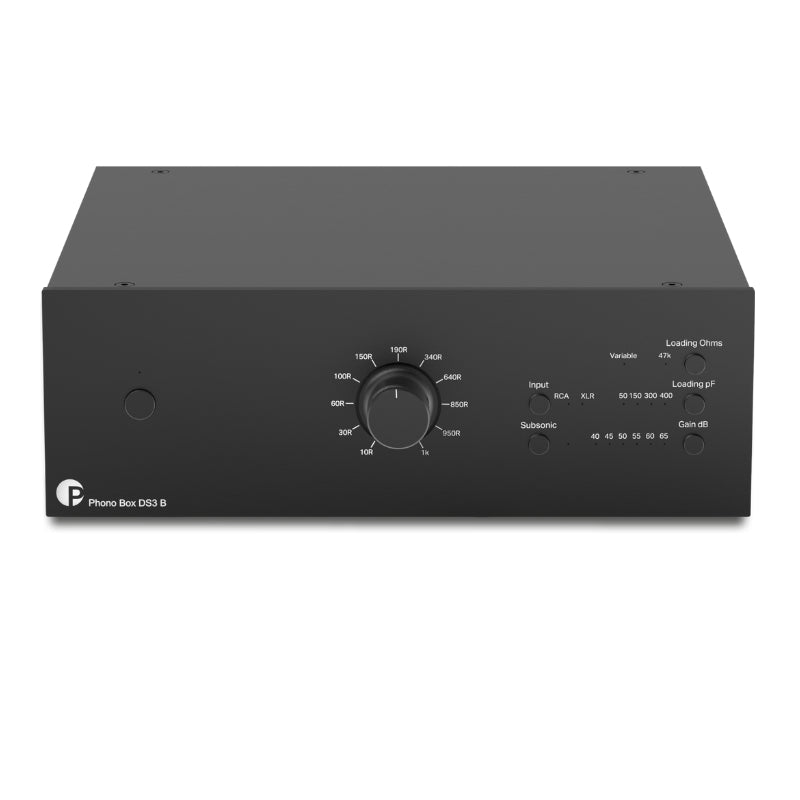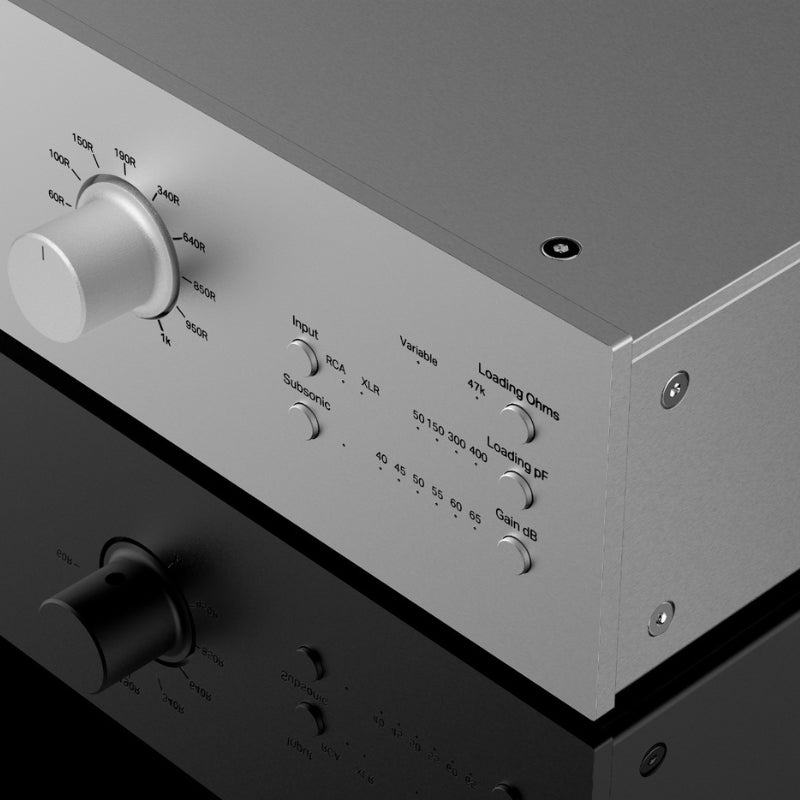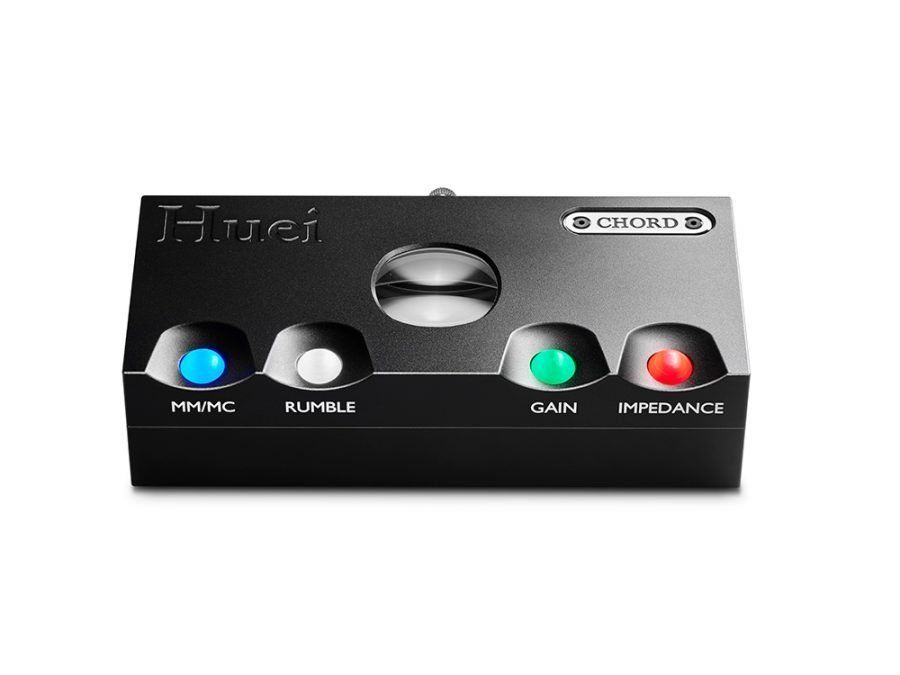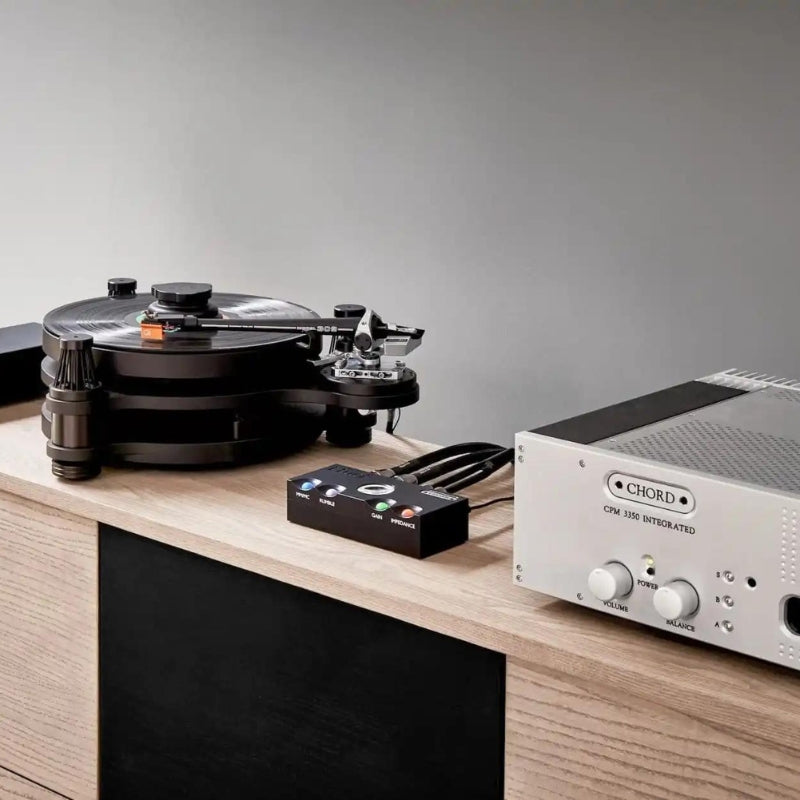If you're just starting out on your Hi-Fi journey - the world of phono preamplifiers can honestly be a touch mystifying & confusing. In fact, if you're just now researching your first turntable setup - it may be one of the first times you've ever heard of a phono preamp.
In simple terms - phono preamps are an essential component of any vinyl-based audio setup, providing the necessary amplification & equalisation to reproduce the delicate & nuanced sound of vinyl records.
Although often overlooked (& perhaps also misunderstood), a high-quality phono preamp can significantly improve the overall sound quality of your vinyl collection, bringing out the warmth, depth, & texture that vinyl is renowned for.
In this article, we will explore the role of phono preamps in vinyl playback, the different types of phono preamps available & what to look for when choosing a phono preamp for your system.
What is a phono preamp & what does it do?
A phono preamplifier (also known as a phono preamp or phono stage) is a small but mighty device that you'll find either built-in to your turntable, available as an external component that you connect between your turntable & amplifier, or it can also be found built-in to your integrated amplifier. A turntable preamp has two important jobs to do - amplify & equalise the signal coming from your record player.
Amplify:
The signal generated by a turntable stylus making contact with the grooves of a record is very weak & barely audible (often called the 'phono level signal’). The first key job of a good phono stage is to take this weak signal (typically measured in microvolts) & boost it to approximately 1.5 volts where it can be picked up by your system's amplifier (often called the 'line level signal). The amplification difference between the phono signal & the line-level signal is about 1000x - so as you can see, the phono stage does some impressive lifting for such a small component.
Equalising:
The second (& equally as important) job of the phono preamp is to correct & equalise the phono output signal. When dealing with a low-level signal like the one generated by a stylus - electromagnetic noise & interference is seriously problematic. If you simply amplify the signal without applying the correct equalisation curve (also known as the RIAA curve), you'll also be amplifying this noise pollution - resulting in much-unwanted fuzz & distortion.
Is an external turntable preamp better?
There are many turntables & Hi-Fi amps now available with a built-in preamp on board, which begs the question - is it better to use an internal or external preamp?
A built-in preamp is generally the more convenient & budget-friendly option, allowing you to essentially 'plug & play' without many more considerations. This can be particularly useful if you have active speakers or systems that weren't really put together with turntables initially considered.
As you start moving up the scale though & become interested in extracting better sound quality from your system - a separate preamp will likely be a better option.
External turntable preamplifiers are generally much better quality than their built-in counterparts. Being separated from the other system components means the external phono stage can operate with its own power supply while also remaining shielded from any signal interference. Given the magnitude of amplification performed by any given preamp, this can result in a significant improvement in sound quality.
A Hi-Fi system is only as good as its weakest link - & unfortunately, a cheap built-in preamp is more often than not the weakest component we see in a vinyl setup.
How do I choose the preamp? What preamp should I get?
In a world of near-endless options - it can be hard to figure out what the best choice is. With that in mind, there are some key things to consider when it comes to picking a good preamp that will help you narrow it down. I'll quickly walk you through them now:
Compatibility:
First & foremost you'll need to determine what kind of cartridge you have installed on your turntable - Moving Magnet (MM) or Moving Coil (MC). We won't dive deep into the differences between these cartridges in this article, however, it's important to note that some phono preamps are MM-compatible only, some are MC-compatible only while others can switch between & support both MM & MC coils.
Your listening taste:
All components in a Hi-Fi system will 'colour' your music - & a phono preamplifier is no different. Different phono stages are better for different music styles (e.g. classical vs metal vs rock vs pop etc.) as they impart unique elements & highlight different aspects of the sound profile that suit certain styles better. Keep in mind the genre & characteristics of music you enjoy most when choosing your phono preamp - & try to audition it for yourself where possible.
Budget:
'If money was no object' ... then this task gets a lot easier! For most of us though, we'll be looking for something with a certain budget in mind - but don't be discouraged as there are many great options across a variety of different price points nowadays. A good external phono preamp is a great 'value add' as it is generally one of the less expensive components in a Hi-Fi system that can deliver some of the most noticeable improvements.
The other budget-related consideration is 'component matching' - meaning that if your entire audio system costs $1000, then a $1000 phono stage is total overkill.
All of these considerations are best discussed with a Hi-Fi expert that has the necessary experience to help you get the best option available for your specific needs.
Can a preamp improve my sound?
Definitely. Providing the preamp you buy is matched appropriately to your other Hi-Fi components, you should benefit from noticeably better audio quality across the board.
Final Thoughts
We hope this has helped you 'set the record straight' on what a pre-amp is, what it does & whether or not it's time for you to get one.
If you'd like to explore your options & chat with our resident Hi-Fi expert on what might be the best phono stage for your needs & setup, don't hesitate to give us a call or get in touch right here.
We see many questions come through about preamps - particularly regarding their function, necessity & overall role in a good Hi-Fi system. Hopefully, we've cleared up most of this for you so far - but if not, we will lay out some quick-fire FAQs below that should help put the missing pieces to the puzzle in place.

Some Quick-fire FAQs:
Do I need a preamp if I have an amp?
No, you don't necessarily need an external preamp if you have an integrated amplifier (or turntable with a preamp built-in). However - a good external preamp can greatly improve your sound as well as provide more flexibility via additional inputs, tone controls, or volume adjustment capabilities.
How do I know if I need a preamp?
You will need a preamp if neither your current turntable nor amplifier has a phono stage built in. If either component has a built-in preamp then your turntable will produce sound, however, possibly not as well as it could!
Preamp vs. Integrated amp: What’s the difference?
In its simplest terms - a preamp boosts & equalises a weaker signal to line level so the power amp can pick it up & boosts it further to drive the speakers. The table below should help to compare the main roles & features of both components:
|
|
Preamplifier |
Integrated Amplifier |
|
Signal Processing |
Boosts weak audio signals to line level | Amplifies line-level signals for driving speakers |
|
Controls |
Often minimal to none | Generally input selection, volume control, & tone adjustments |
|
Connections |
Interconnects with the integrated amplifier or powered speakers. | Interconnects with source components (turntable) & power amplifier Receives line-level signals from the phono preamplifier & connects to speakers |
|
Output Level |
Line-level signal output for amplifiers or powered speakers | High-power output for speakers |

